Using Timers To Support Students with Autism Educating at Home
Why You Should Use Timers with Students with Autism
Timers tell the student HOW LONG and WHEN they are going to have to do an activity. Timers allow you to pre-warn the student about activities finishing or starting. They help answer many of the questions these students may have: What is happening? What order? What time? What is next? How long?
Timers also add certainty. As they inform the student of what to expect when and for how long. This can help to drastically reduce anxiety, which is especially important during this stressful Coronavirus period.
Here is a review from one of my lovely members in my Facebook podcast community
Using Timers to Manage and Reduce Anxiety
Time Management = Anxiety Management = Improved Behaviour
Remember the higher student’s anxiety the less flexibility they will have in completing tasks. By using Timers & Schedules anxiety is reduced and there is less need to fight for control.
- Timers reduce anxiety by creating predictability and consistency
- Timers provide break times. This allows students with autism to self-regulate break times, know when they are going to occur and for how long so they can return to work
- Timers break larger challenges into smaller tasks or amounts of time
- Timers help manage screen time or special interests. Many students with autism lose track of time when they are doing something they love. Often they do not have an end point or want to repeat the activity. Timers create a finish point
- Timers help students slow down and not rush OR speed up
- Timers ease stressful transiitons by showing “how much longer” and “here is what 5 more minutes looks like”
TOP Tips For Using Timers to Support Students with Autism During Lock Down
- Show when challenging activities will end
- Help develop a reliable internal clock. Especially for ADHD students who often use language like “That felt like hours”.
- Help everyone stick to the routine. This is especially important with everyone in lockdown, lets everyone keep track of time.
- Help with organisation and time management so don’t get ‘caught up’ in preferred activities.
- See at a glance how much time is left. Remember it is VITAL to ensure the timer is accessible for the student to constantly refer back to. Managing time is about knowing “I have spent 5 minutes, I have another 20 to go” etc etc. If you can’t see it, or have to move to see it, it will impact on concentration.
- Keep lessons/activities focused and on track.
- Provide focus for individual work and help students achieve tasks individually. This is a vital life skill and a great time to work on it is while we are all learning from home.
- Empower students with autism to manage their own time in ALL activities.
Don’t have time to read all these tips? Listen to the podcast episode now
Using Timers with Schedules
Timers are best used in conjunction with schedules. This combination can reduce anxiety, help students move from one activity to the next.
GREAT TIMER RESOURCE FOR ONLY $20 = PORTABLE SCHEDULE 
This is the first time I have seen something useful that links visual schedules with a timeframe, and is small enough for individual children. I am always looking for new ways to help children with timeframes.
It is great to let the student know what is going to happen (visual schedule) but the missing piece has always been HOW LONG or when these activities will happen. Managing the child’s expectation just got easier with these Portable Schedules as you can incorporate both.
WHAT IS IT?
It is actually called “mark-my-time digital bookmark”, and is meant for reading programmes. BUT people are getting great results by turning these into “PORTABLE SCHEDULES” I think these are just FANTASTIC to use for students with autism. For example: routines, concept of time, pre-warn how long until finish, self monitor and more!
HOW TO USE: Just attach Loop Fasteners (Velcro) strip to bookmark. Create your schedule by making a range of visuals (photos, pictures, words) and put Hook Fastener on back of visuals. Now use your digital display at the top of the bookmark /schedule to count UP or DOWN to time each activity/task.
How to Use Time Timers with Students with Autism
Time Timers are specifically designed to be used by people with autism. The notion of ‘Time’ can be very difficult to understand for those with autism – particularly in the younger years. With a graphic visual of time passing, students can have a better understanding of time.
To use the Time Timer simply set the red dial at the time you wish to have remaining (e.g. 5 minutes or 15 minutes, etc) and watch as the red disappears! You can choose to have a soft ‘beep beep’ sound turned on or off which plays when time is finished.
Want to learn how to use Schedules to help facilitate learning from home?
All Time Timers $10 OFF for a week only
TIMERS: KEY RESOURCE FOR SCHOOL & HOME
Time Timer displays the passage of time with a red disappearing disk. This is a powerful tool for visual thinkers of all ages and abilities.
Sue Larkey Books
The Ultimate Guide to School and Home
By Sue Larkey and Anna Tullemans
This book provides key strategies for all ages and stages. It offers over 500 practical strategies and timer savers for school and home from engaging disengaged students, what to do if you don’t have a teacher assistant to considerations for setting up a classroom for teachers; and from developing friends, to moving house and choosing a school for families. It is the ultimate guide for teachers, parents and all professionals supporting children with autism spectrum disorder, including Aspergers, ADD, ADHD, ODD and other developmental delays.
Developing Social Skills
A starting point for teaching and encouraging social interactions and skills for children with an autism spectrum disorder and other developmental delays. It is a useful concrete and visual resource which when coupled with videoing, role playing and modeling will help young primary school age children with an autism spectrum disorder to better understand the social world around them. This book includes hundreds of ideas, social stories and worksheets. It is a great resource full of time savers for home and school.
The Early Years
This book is full of practical ideas to give children with an ASD and other developmental delays the KEYS to learning. Teaching to play, write, draw, imitate etc. Toilet training, community access, etc. To sit, ask for help, wait, play, attention to task, sign songs, etc. Great easy to photocopy programmes.
Cook Books and Teaching Manual
This Manual and Both Cook books have ready-made programmes linking curriculum and educational outcomes. These books are an ideal teaching programme for everyone. Cooking is a marvelous tool to teach everything from maths to social skills. Because cooking is a favourite with all children it’s a wonderful teaching and learning activity appropriate for all ages and stages!
Teacher Assistant Big Red Book of Ideas
Hundreds of ideas you can try. Setting up the classroom, the role of the teacher assistant, behaviour in the classroom and playground, stages of anxiety, transition, sensory toys and activities. Includes frequently asked questions and MORE!
Teacher Assistants Big Blue Book of Ideas
Companion to the Teacher Assistants Big Red Book of Ideas. Hundreds of new strategies to try. Social skills: playgrounds, friendships, building self esteem, bullying. In the classroom: getting on task, adapting tasks and exams, building independence. Managing anxiety and behaviour
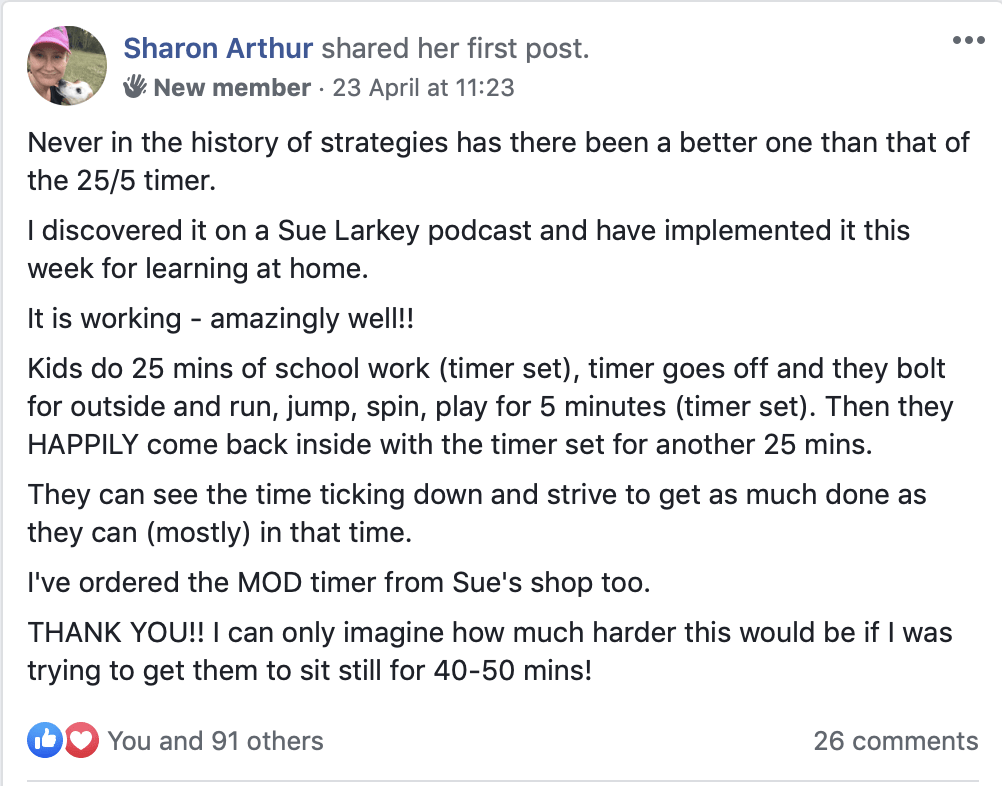



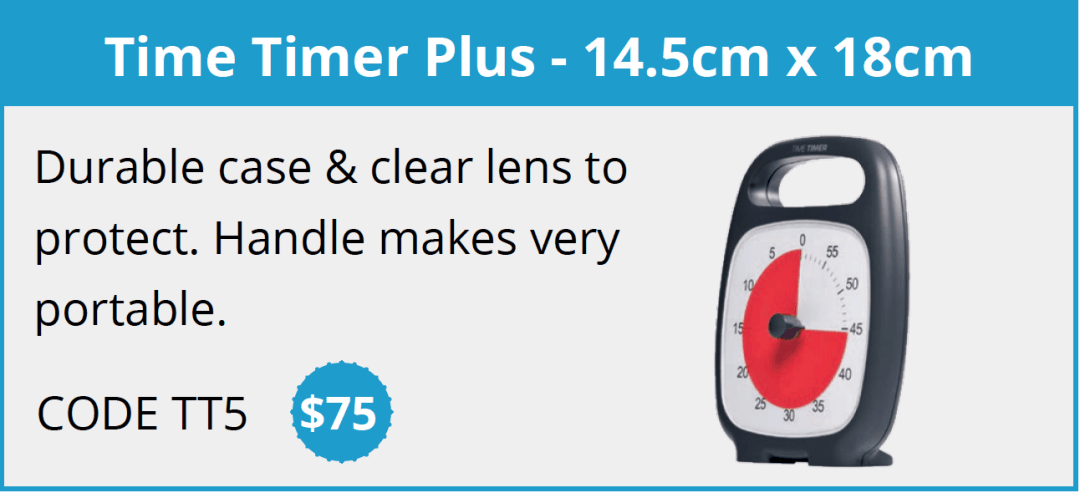
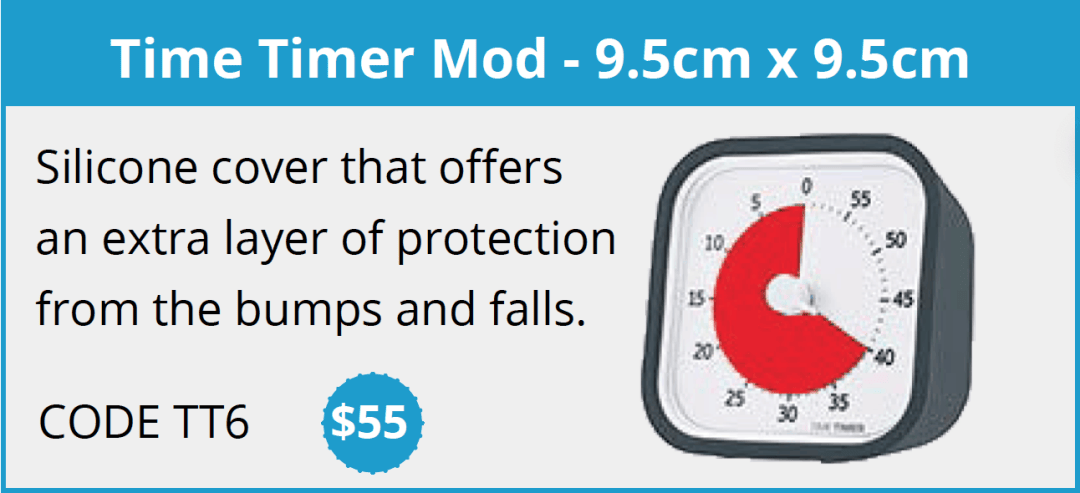
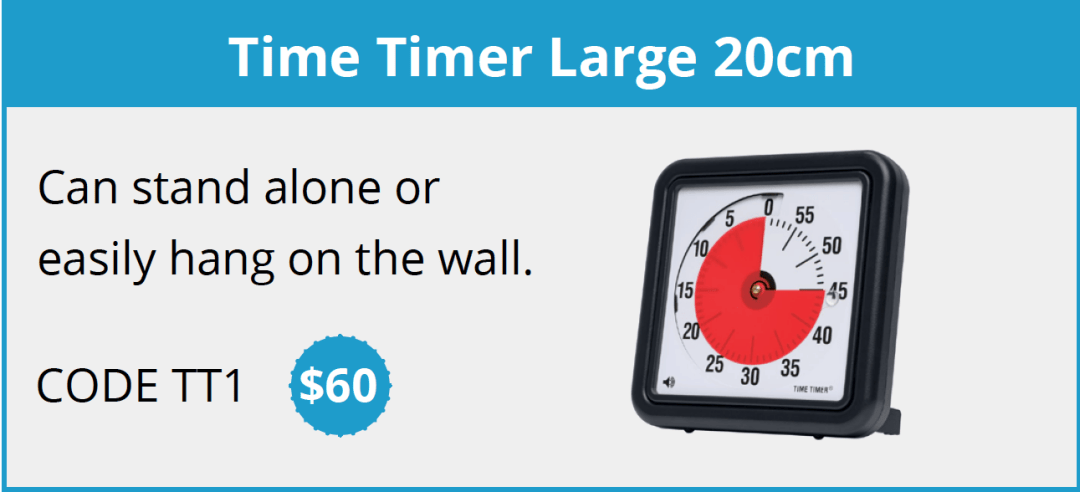

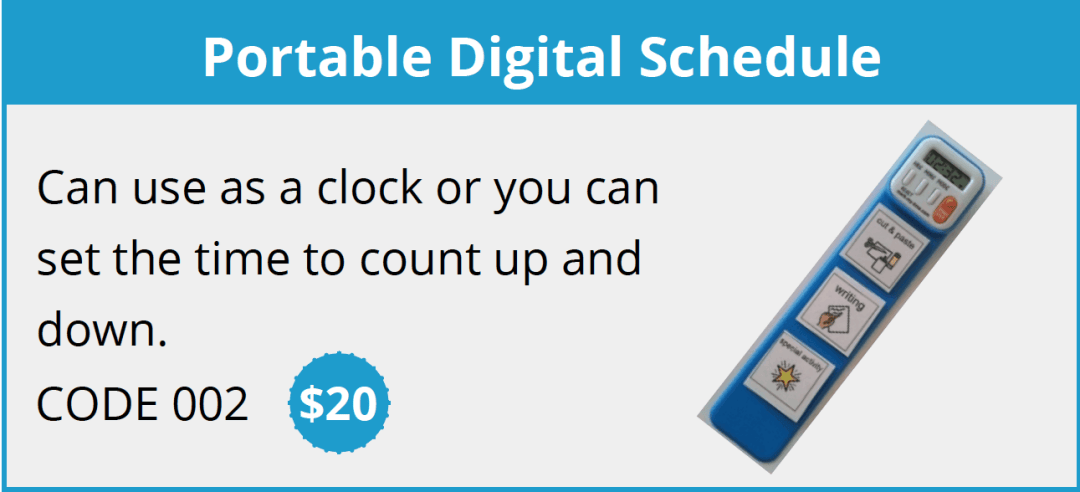
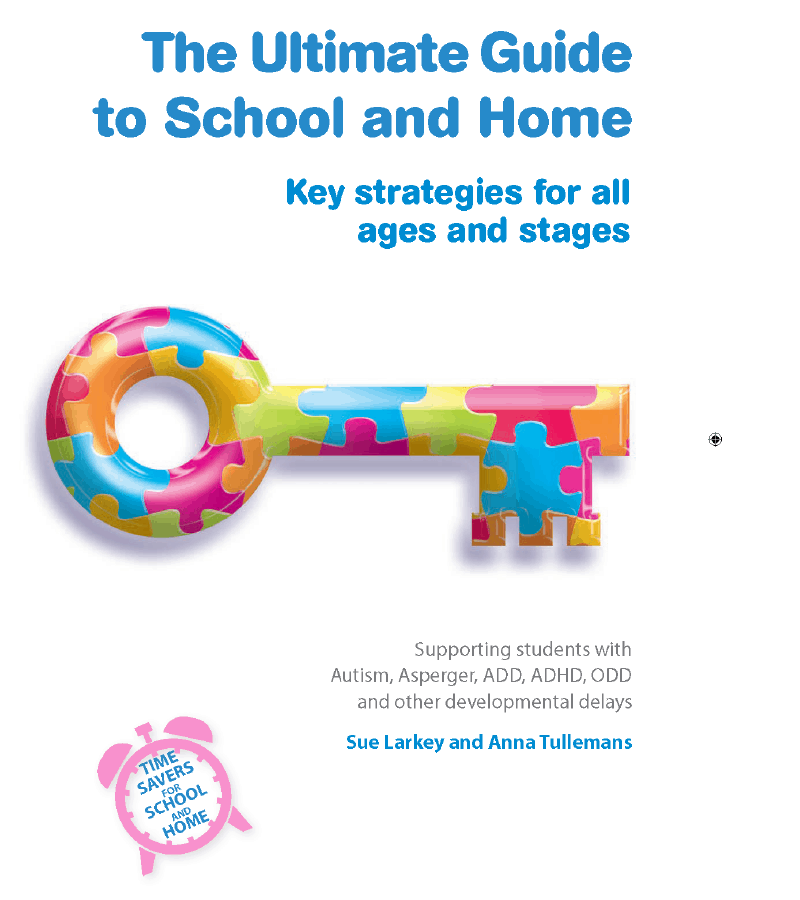

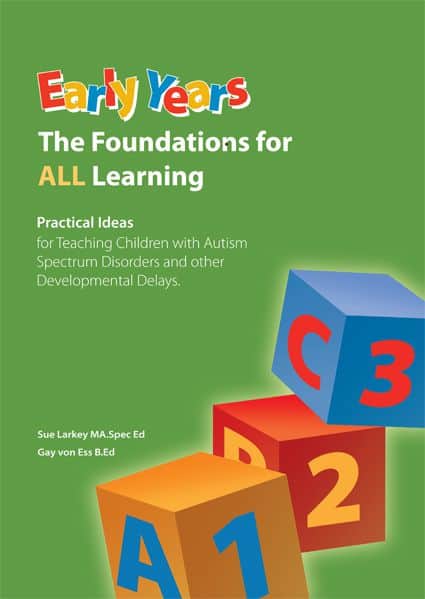

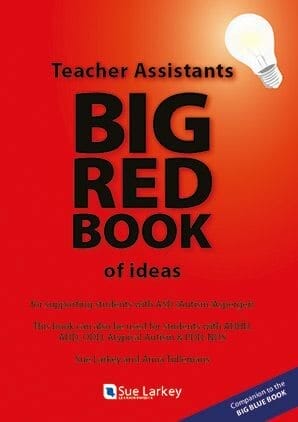
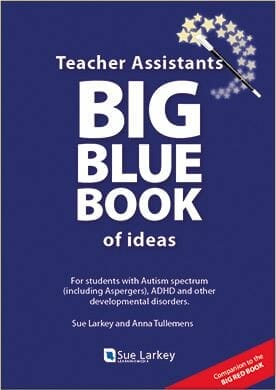




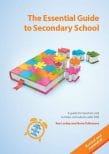

 For all orders outside Australia please email
For all orders outside Australia please email 